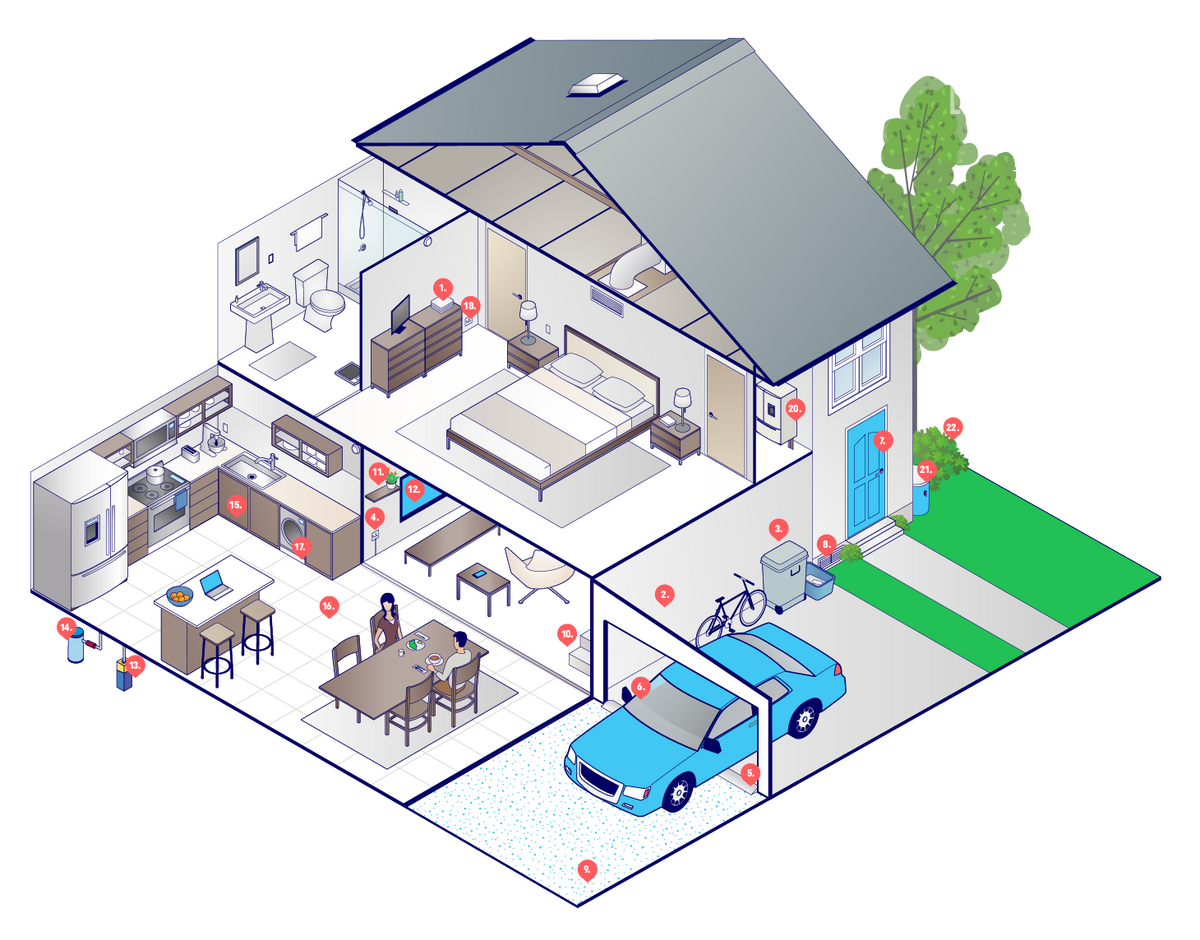In this section
Flood resilience measures you can take
There are lots of ways you can make your home or business resilient to flooding. This does not mean that you will not be flooded, it means that the damage done to your -
- property
- possessions
- stock
is limited, and the recovery time after is much quicker and cheaper.
Making your home more resistant

- important items and documents upstairs or at height
- resilient plaster or plasterboard, laid horizontally
- easily accessed storage in garage for flood barriers and blocks
- raised electrical sockets
- flood barriers to protect garages
- try to move vehicles to higher ground
- flood resistant front door
- seals and covers for service vents or self-closing airbricks
- permeable surface on driveways, patios and paths
- bottom two stairs concrete with removable carpet
- high shelves downstairs
- wall-mounted TV on ground floor
- sump or pump to remove water
- non-return valve is sewer pipe
- kitchen units made from metal or marine or plastic on legs
- tiled floors with waterproof adhesive and grout
- white goods on raised plinths
- separate electrical circuit for upper and lower floors
- boiler moved to upper floor of wall-mounted on ground floor
- water butts and rain gardens to capturer run-off and reduce surface water
- planting trees and shrubs to capture run-off and reduce surface water
If you are making changes to your building, then it is very important to make sure you install the correct measures in the right place. We recommend you follow the CIRIA Code of Practice and guidance for property flood resilience. This involves 6 steps -
- hazard assessment
- property survey
- options development and design
- construction
- commissioning and handover
- operation and maintenance

